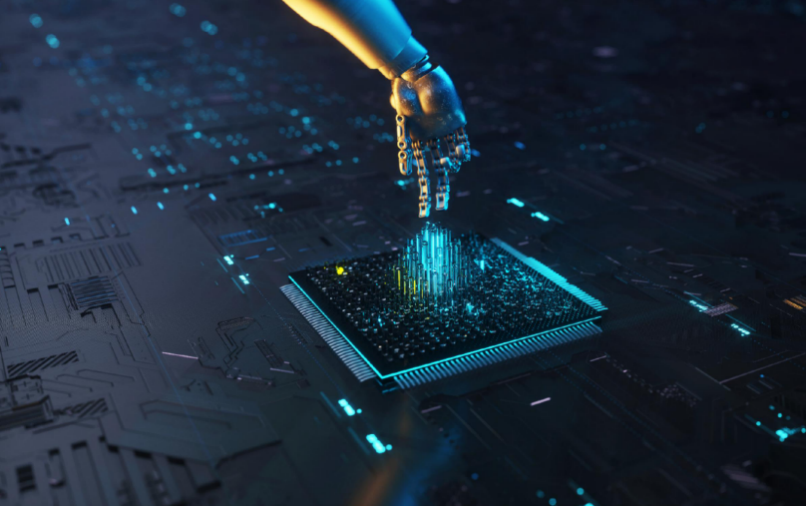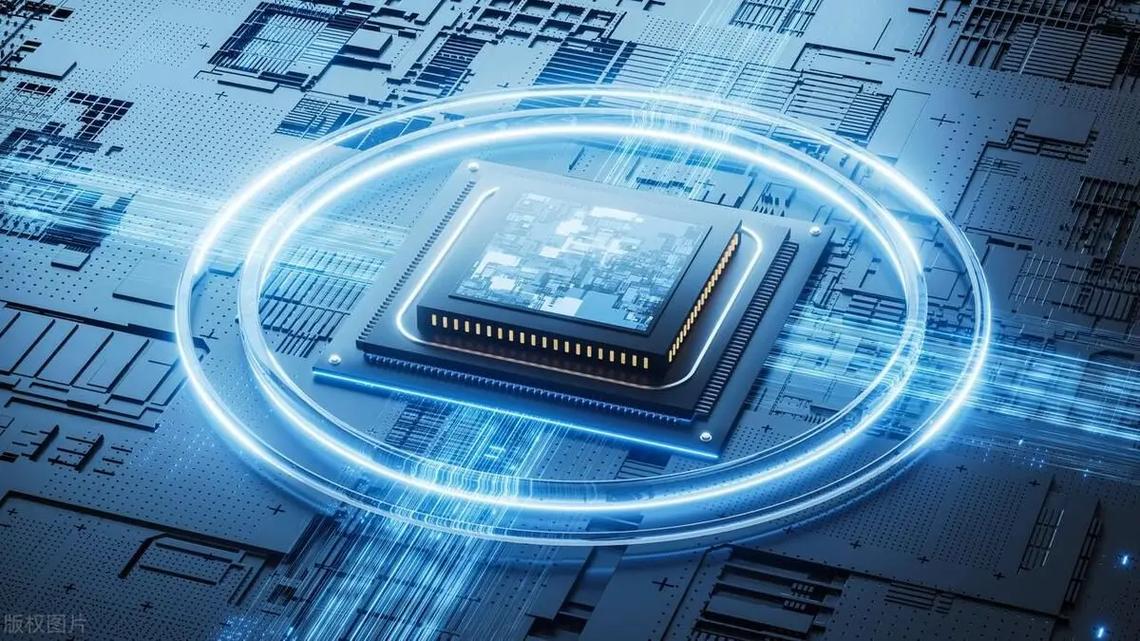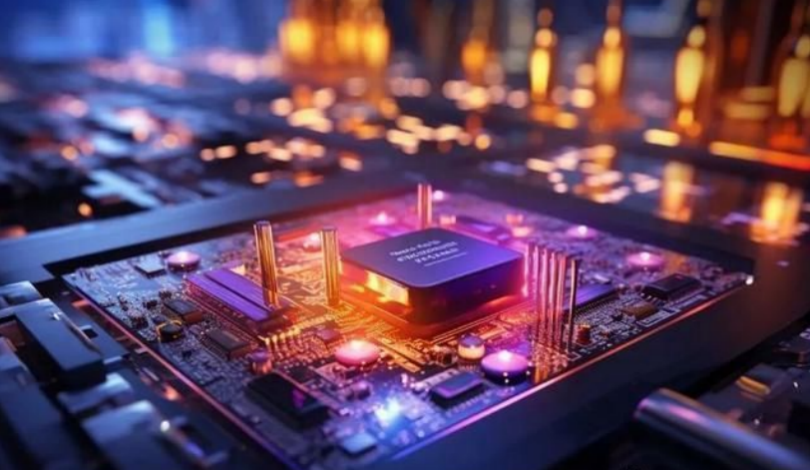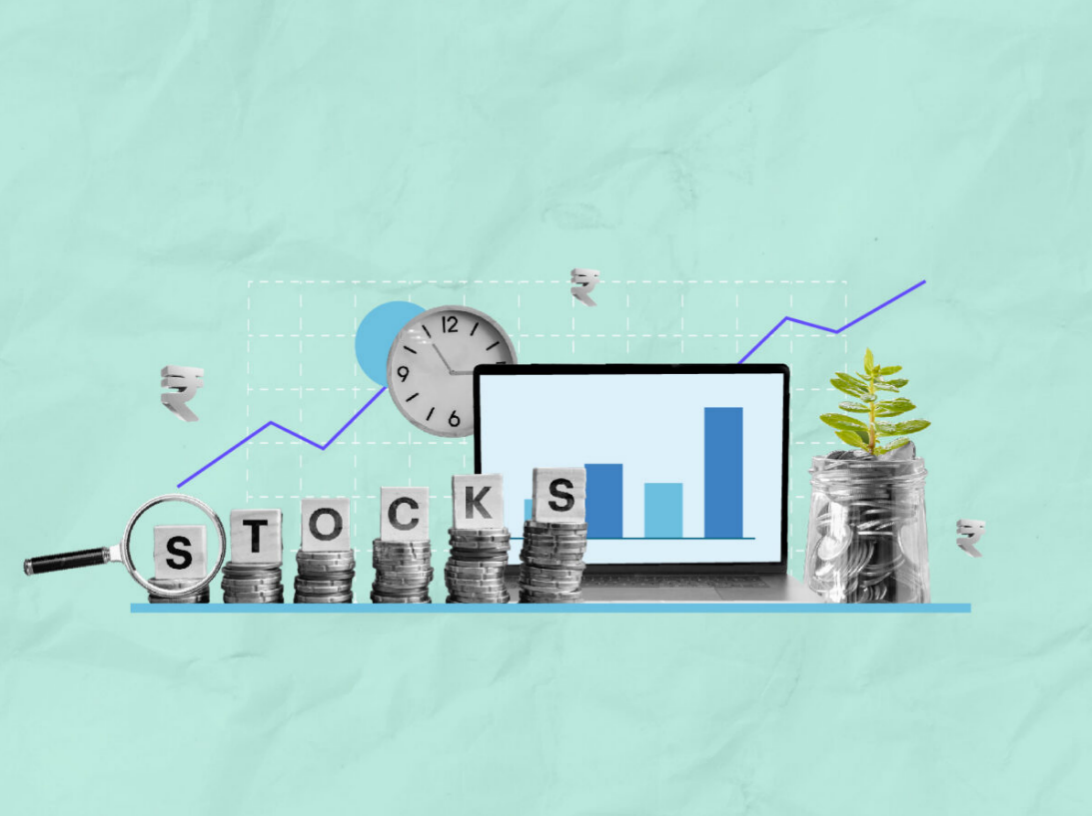The chip industry in 2024 has staged a spectacular comeback, much like a once-disgraced magician who suddenly masters the secret of turning stones into gold. The global semiconductor market has achieved an astonishing revenue surge of approximately 25% this year—a figure that would leave any industry analyst wide-eyed. The undisputed protagonists of this grand feast are the high-end chips that power artificial intelligence, acting as the "neurons" of the digital world, proliferating at an astonishing rate. Particularly, the demand for high-bandwidth memory (HBM). Used in Al accelerators, has skyrocketed like a sudden forest fire, pushing the memory market's growth rate to an astounding 74%. This Al-fueled industrial revolution has breathed unprecedented vitality into the semiconductor sector, reviving it from the winter of 2023.

Amid this technological frenzy, NVIDIA has emerged as the newly crowned king of chips, snatching the semiconductor revenue throne from Samsung with the exceptional performance of its Al acceleration chips. Imagine an Olympic athlete not only breaking world records but also rewriting the rules of the game. NVIDIA's GPUs have become the "digital alchemy furnace" of the Al era, transforming data into the gold of intelligence. Meanwhile, the three giants of the memory chip industry— Samsung. SK Hynix, and Micron- have ridden the HBM wave, collectively soaring up the industry rankings like three ballet dancers executing a perfectly synchronized lift. This reshaping of the market landscape is reminiscent of the power shift between Apple and Nokia during the rise of smartphones, only this time, the transformation is faster and its impact even deeper.

The semiconductor industry in 2024 resembles a grand symphony, with Al Chips playing the role of the first violinist, delivering a passionate melody under the spotlight. However, shifting our gaze to other sections of the orchestra, we find that automotive chips are like a weary cellist. Still skilled but with slightly loosened strings; consumer electronics chips resemble a harp obscured by sheet music, only occasionally producing faint harmonies; and industrial semiconductors have been relegated to the role of the triangle player in the back row, managing only a few scattered notes throughout the performance. In this technological symphony, industrial semiconductors seem to have contracted a chronic ailment, suffering from persistent low-grade fever since 2023. Symptoms include dwindling orders and persistently high inventory levels, much like a frail elderly man struggling to keep pace with the tide of technological innovation. The utilization rate of industrial chip production lines at major foundries has fallen below 60%, forcing equipment manufacturers to shift part of their 8-inch wafer capacity toward power devices to stay afloat.
The automotive chip market, on the other hand, resembles an athlete recovering from an intense workout, and undergoing a necessary adjustment period. Between 2020 and 2023, this segment seemed to be on "growth steroids," with market size soaring from S40 billion to S80 billion at a staggering compound annual growth rate of 26%, far exceeding the industry average. The situation for consumer electronics chips is even more delicate, akin to a faded pop star waiting for a comeback opportunity. While the smartphone market remains sluggish, the rise of AR VR devices has injected fresh vitality into the sector. This "some rejoice while others grieve" market landscape vividly illustrates the paradigm shift underway in the semiconductor industry. Al chips, like a black hole, are absorbing the lion's share of industry resources. This resource-siphoning effect has left other application fields noticeably "malnourished," but it has also forced traditional chip companies to accelerate their transformation.

This industrial upheaval is akin to the continental drift in geological movements, where the Al chip sector is rapidly breaking away from other segments. In the process, companies that fail to keep pace will face extinction like the dinosaurs, while those that successfully adapt may evolve new survival skills.




